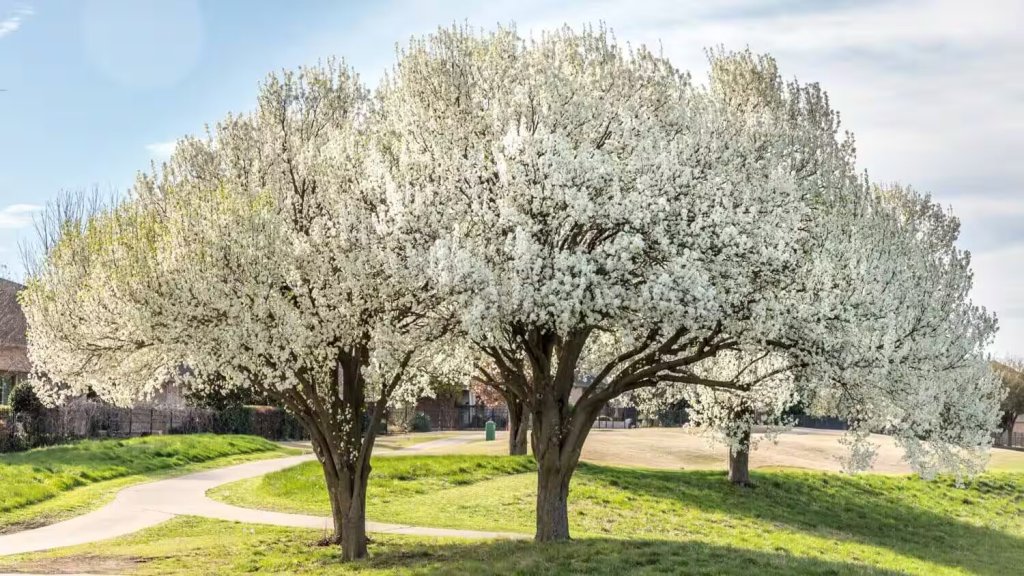Have you ever looked at a tree and wondered what the most invasive tree in the US is?
It might be a thought that never crossed your mind, but identifying trees by image and name is an important skill, especially when considering the environmental impact of invasive species. These trees can push out native species and disrupt ecosystems significantly.
In the vast landscape of the United States, there are countless types of trees. Some are beneficial, while others can be a bit too pushy, spreading where they shouldn’t. This leads us to the question of which tree takes the title of being the most invasive in the country.
So, let’s know about trees and find which one reigns supreme in the category of invasiveness.
1. Ivy Plant
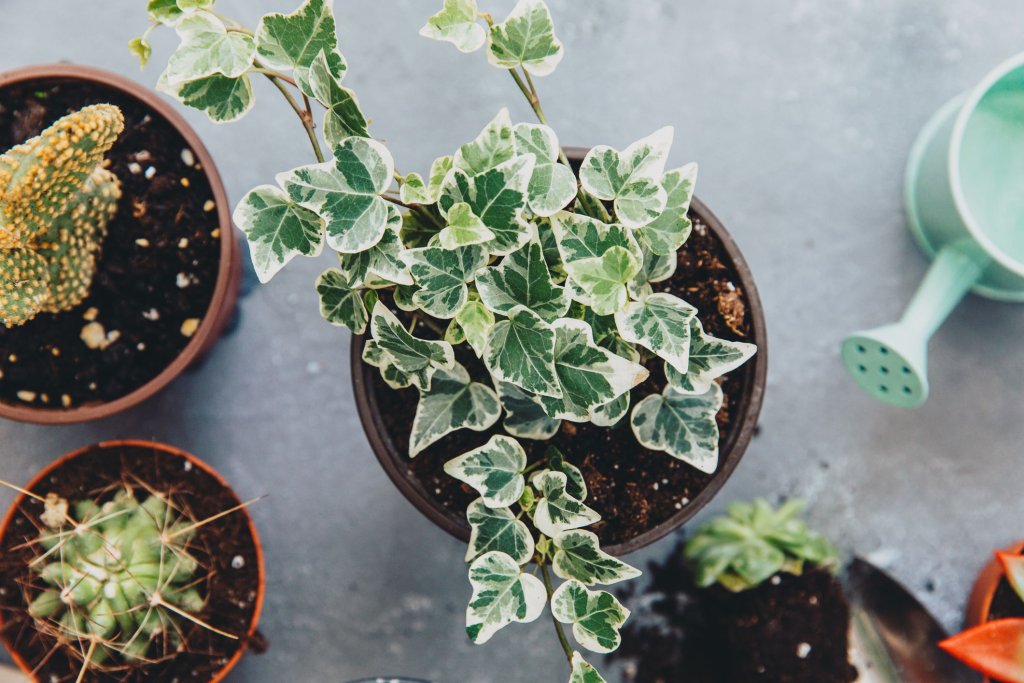
English Ivy, also known as Hedera helix, is a common plant that spreads a lot in the United States. It’s a vine that sticks to things and is often seen climbing walls, trees, and fences. Here are some facts about English Ivy:
- Invasive Nature: English Ivy is like a super invader in the U.S. It spreads really fast and can quickly take over natural areas.
- Damage to Trees: When it climbs trees, it can cover their leaves, blocking sunlight and stopping them from making food. This weakens and can eventually kill the trees.
- Impact on Ecosystems: English Ivy can smother native plants and mess up local ecosystems. It reduces the variety of living things by beating native plants for resources.
- Health Concerns: The sap of English Ivy can make your skin itchy, and some people are allergic to it. It’s best to be careful when dealing with it.
2. Pear Trees
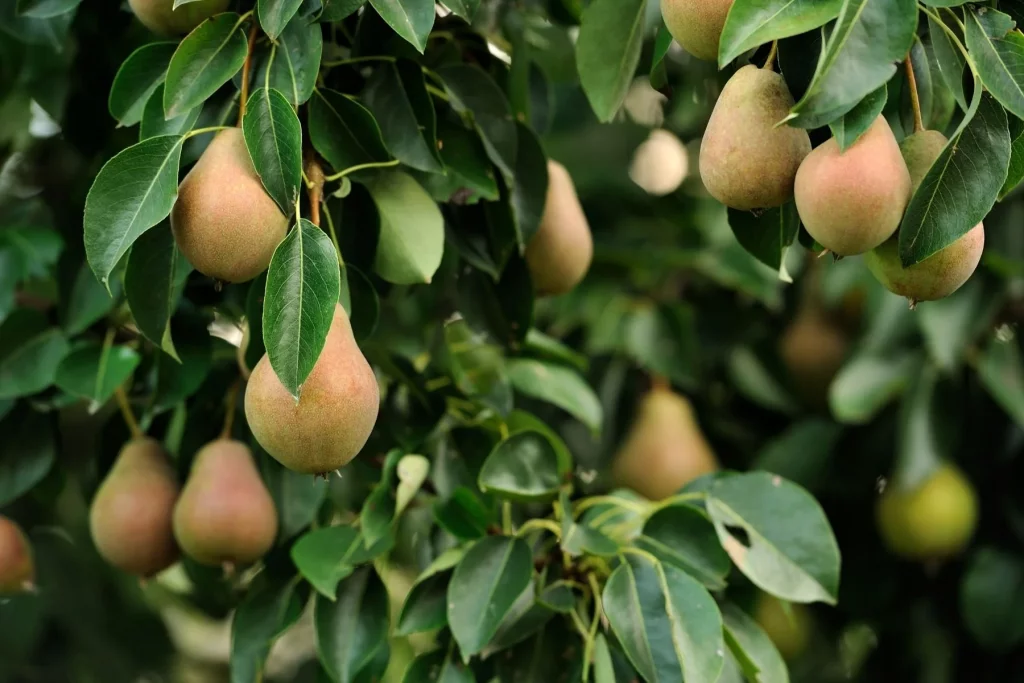
Callery Pear Trees, also called Pyrus calleryana, are a kind of tree that has become a problem in the United States. They were initially planted because they have pretty white flowers, but now they’re causing issues. Here’s what you need to know:
- They’re Everywhere: You can find Callery Pear Trees in many parts of the U.S., and they’re known for their unique white flowers in the spring.
- Fragile Branches: One big problem with these trees is that their branches easily break during storms or strong winds, which can be dangerous.
- Spreading Fast: They’re called invasive because they make many new trees that spread quickly and take over open areas, pushing out native plants.
- Hurting the Environment: Callery Pear Trees mess up local ecosystems by pushing out the native plants and making it hard for other plants to grow.
3. Thick Grass
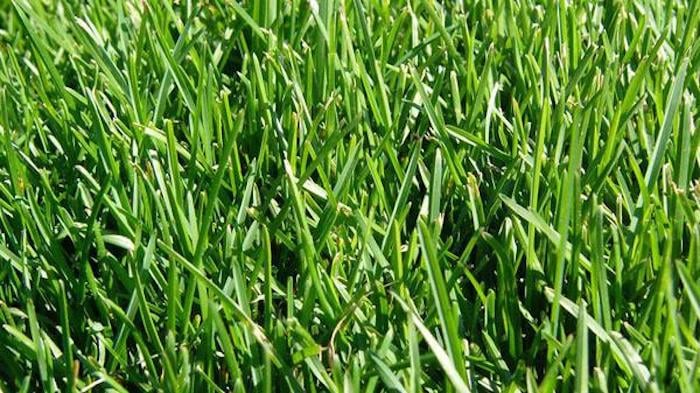
Cogongrass, also called Imperata cylindrica in science, is a type of grass that spreads really fast. Here’s what you should know:
- Grows Quickly: Cogongrass grows super fast and can cover areas with thick grass mats.
- Fire Danger: In the southeastern U.S., it’s a big problem because it can easily catch fire and make wildfires more likely.
- Bad for Nature: Cogongrass can push out the plants and animals that belong in an area, making it hard for them to find food and a home. Its sharp leaves can also be annoying.
- Hard to Control: Getting rid of cogongrass is tough because it has deep roots and doesn’t respond well to many weed killers.
4. Mimosa Tree
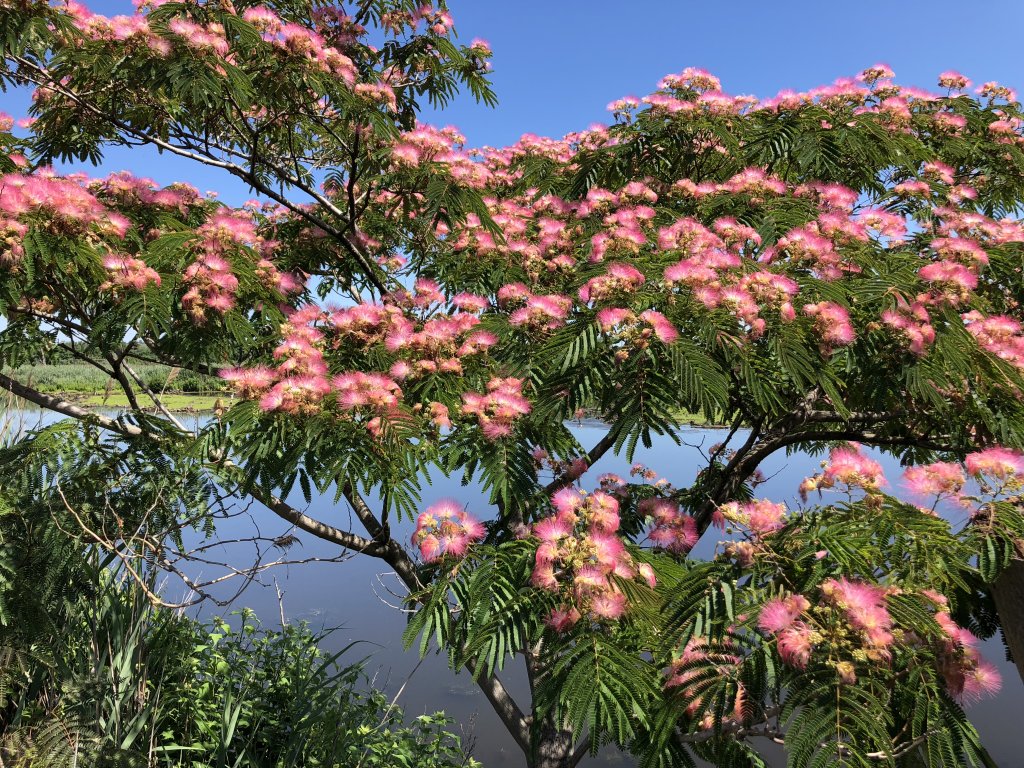
The Mimosa Tree, also known as Albizia julibrissin, is famous for its pretty leaves, which resemble ferns, and its pink, fluffy flowers. But there’s a problem:
- Looks: People plant the Mimosa Tree because it’s so pretty. You can spot it by its delicate leaves and fluffy pink flowers resembling pom poms.
- Spreading Trouble: In some places, it’s causing trouble because it makes a lot of seeds that can fly away with the wind or float in water.
- Nature Impact: Like other troublemakers, Mimosa trees push out the native plants, making fewer kinds of plants and changing how things work in nature.
- Control: Stopping Mimosa trees from spreading too much is tough, but people are trying hard to keep them out of places where they don’t belong.
5. Light-Colored Trees
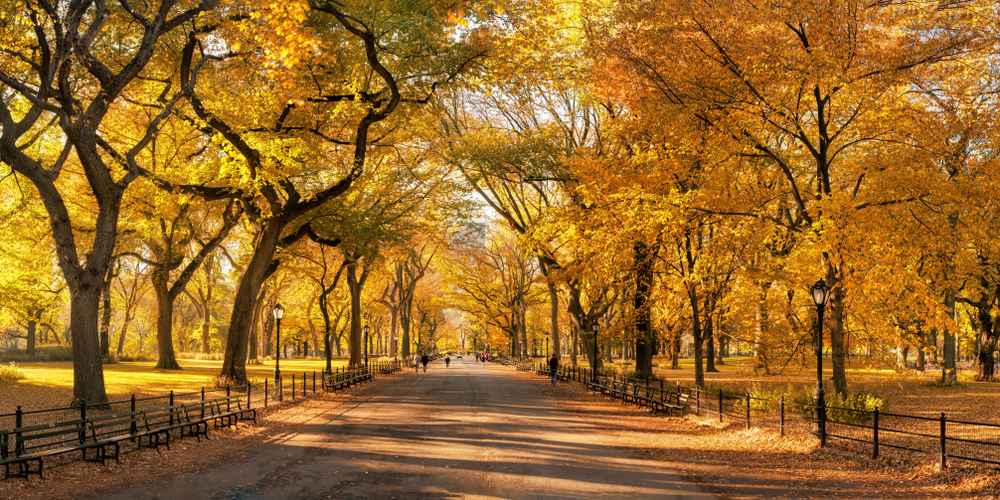
The White Poplar, also called the Silver Poplar, is a foreign tree quickly spreading throughout the United States. You can easily spot it by its shiny silver leaves, and it can grow really tall, up to 100 feet.
It’s a bit of a troublemaker because it spreads by making new roots, forming thick groups that beat the local plants. White Poplars are tough, and they can handle different types of soil and weather.
6. Vine Plant
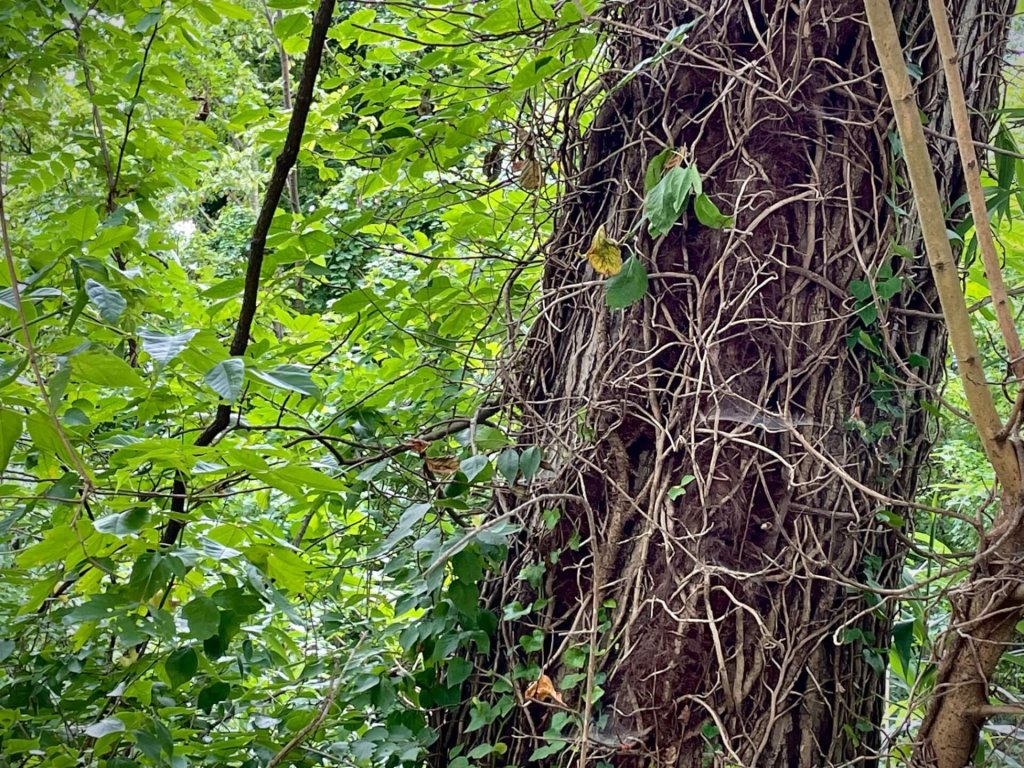
Kudzu often called the vine that gobbled up the South, is one of the worst plant bullies in the US. It’s not a regular tree but a vine that climbs and takes over whole trees and buildings.
Originally from Asia, people brought it to the US in the 1800s to stop soil from washing away. But it turned into a big problem because it grows super fast and smothers the plants that belong here.
7. Wisteria
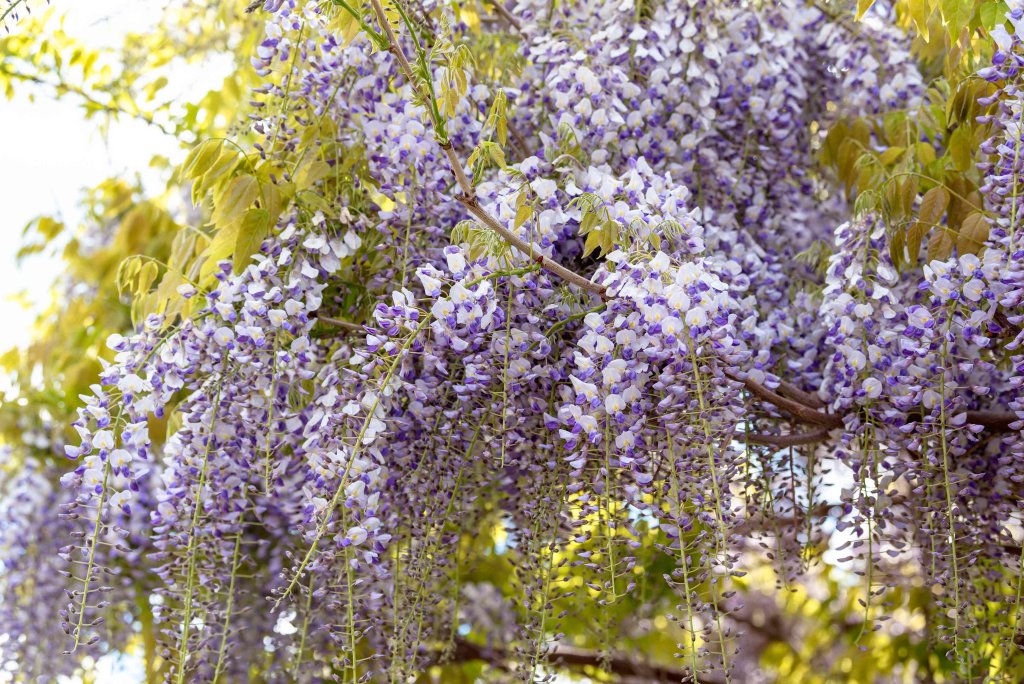
Wisteria is pretty with its hanging, sweet-smelling flowers, but it’s also seen as a problem in the US. Originally from Asia, this woody vine can take over trees and buildings, making them weaker.
It’s a big issue in the southeastern states because it loves the warm, humid weather there. Wisteria grows fast and makes lots of seeds, so it’s hard to stop.
Conclusion
So, non-native plants hurt America. We talked about English Ivy, Callery Pear Trees, Cogongrass, Mimosa Trees, White Poplars, Kudzu, and Wisteria; they cause big problems. These plants grow fast and take over native plants. This damages biodiversity and nature.
Some, like English Ivy and Callery Pear Trees, make native trees sick and weak. They also destroy animal homes and make nature look bad. Cogongrass can start fires, which is bad, especially where fires often happen. Stopping these plants is hard and costs a lot. People want to save nature, so we must stop these bad plants. This might involve cutting them down or using special treatments to slow their growth.
So, always ensure that you take proper action to take care of these trees.

